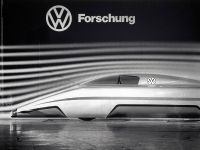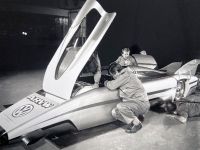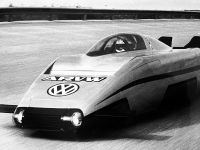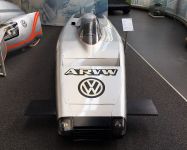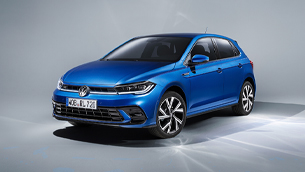Volkswagen ARVW: the story of the most aerodynamic VW so far!
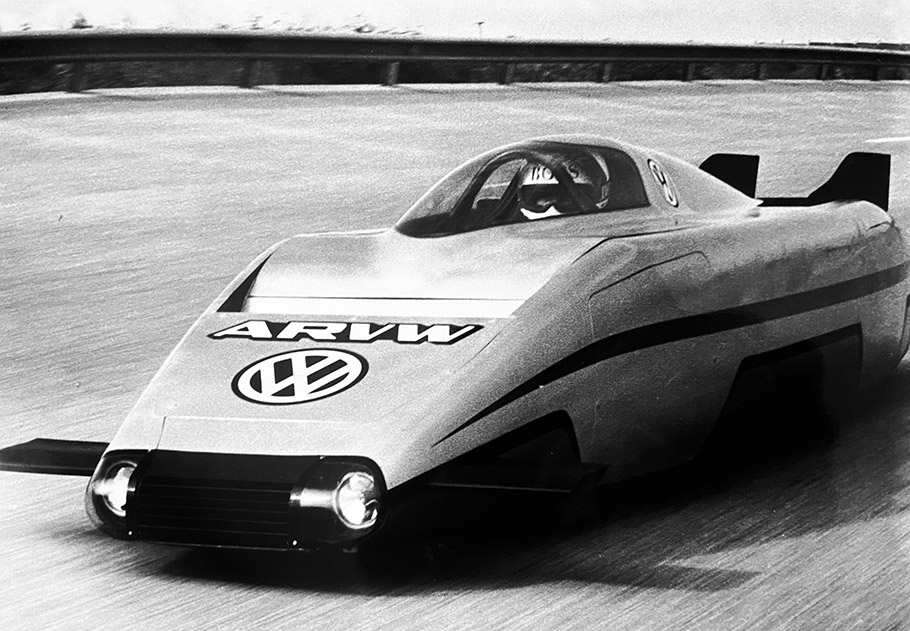 Aerodynamics are still a vital part of every contemporary vehicle. The less drag there is, the less energy the automobile consumes. Also, it is quieter, which becomes a kind of a luxurious feature in the era of information.
Aerodynamics are still a vital part of every contemporary vehicle. The less drag there is, the less energy the automobile consumes. Also, it is quieter, which becomes a kind of a luxurious feature in the era of information.
Throughout the years, automakers have experimented with extreme and peculiar shapes in order to demonstrate the bond between drag and power output levels. However, few have been more radical than the Aerodynamic Research Volkswagen of 1980, a single-seater with the shape of an arrow. This design remains the most aerodynamic automobile VW has ever built!
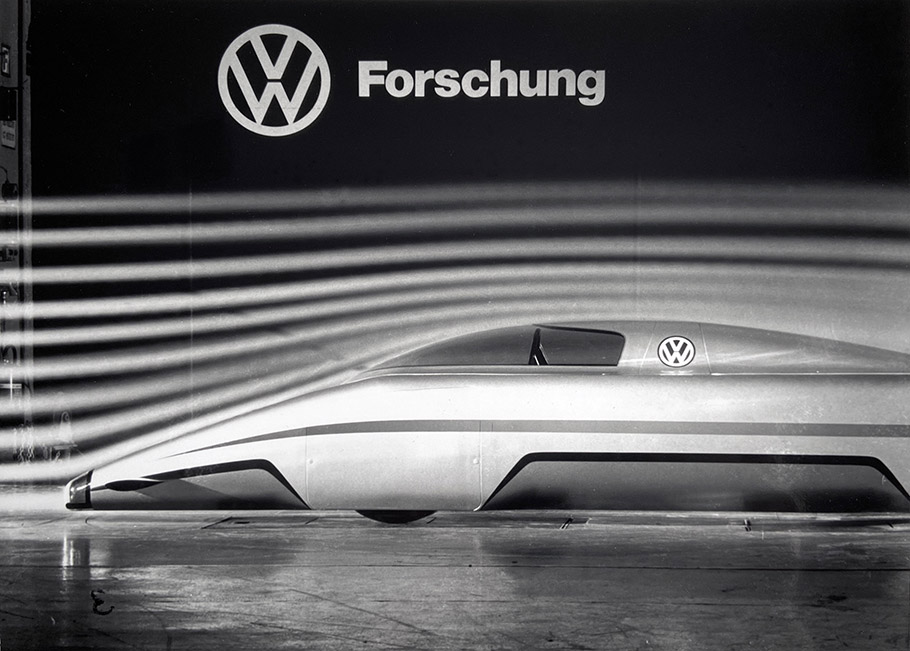
Prompted by the oil crises of the 1970s, the ARVW was meant to showcase how aerodynamics and lightweight could generate enhanced speeds and power output even from an everyday-use automobile. First, the main challenge was to squeeze the driver, the engine, and the four wheels into a body that can feature the smallest profile possible. With its 33 inches of length and 43.3 inches of width, the ARVW's form was optimized in every way in order to reach the next level of aerodynamic standards.
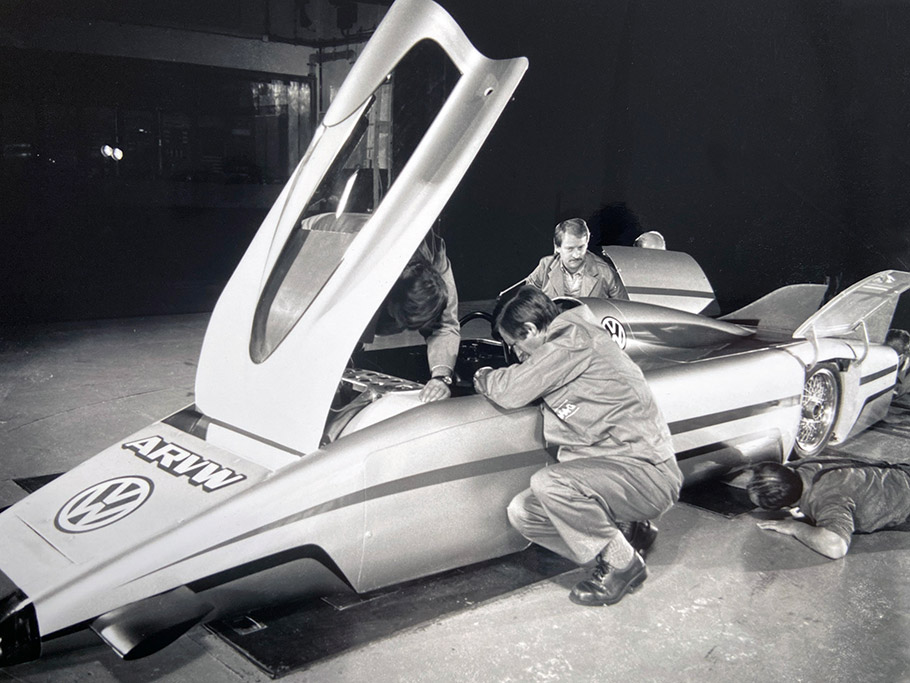
The ARVW is built from an aluminum frame under a fiberglass-and-carbon-body. Additionally, the power is generated from a 2.4-liter, turbocharged inline-six power unit, which is capable of producing a total of 177hp and is placed right behind the driver and gives power to the rear wheels via a chain drive. Furthermore, by using an onboard water tank, the engine cools itself by using numerous cooling vents positioned in the nose to let air flow freely over its radiator and exit on top of the world.
Overall, all these approaches result in a coefficient of drag of 0.15, a number that is still far sleeker than any other production vehicle. In October 1980, a small team of VW engineers and a top-tier open-wheel racing driver went to the Nardo test track in Italy in order to demonstrate what the ARVW was capable of. The ARVW has managed to hit the outstanding 221mph and eventually topped out at 225mph, setting two world speed records.
SEE ALSO: Lotus reveals the limited-run of Elise Classic Heritage Editions
The notable shape of the ARVW would later influence the radical and Europe-exclusive XL1. This design concept will also play an essential role in the upcoming ID. electric vehicle model.
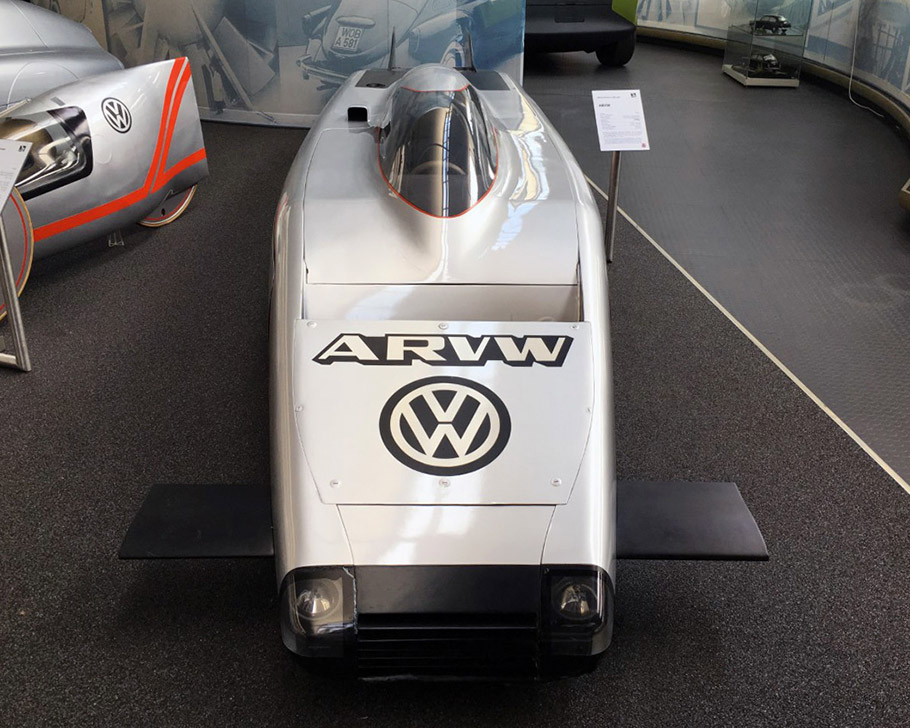
Source: Volkswagen
